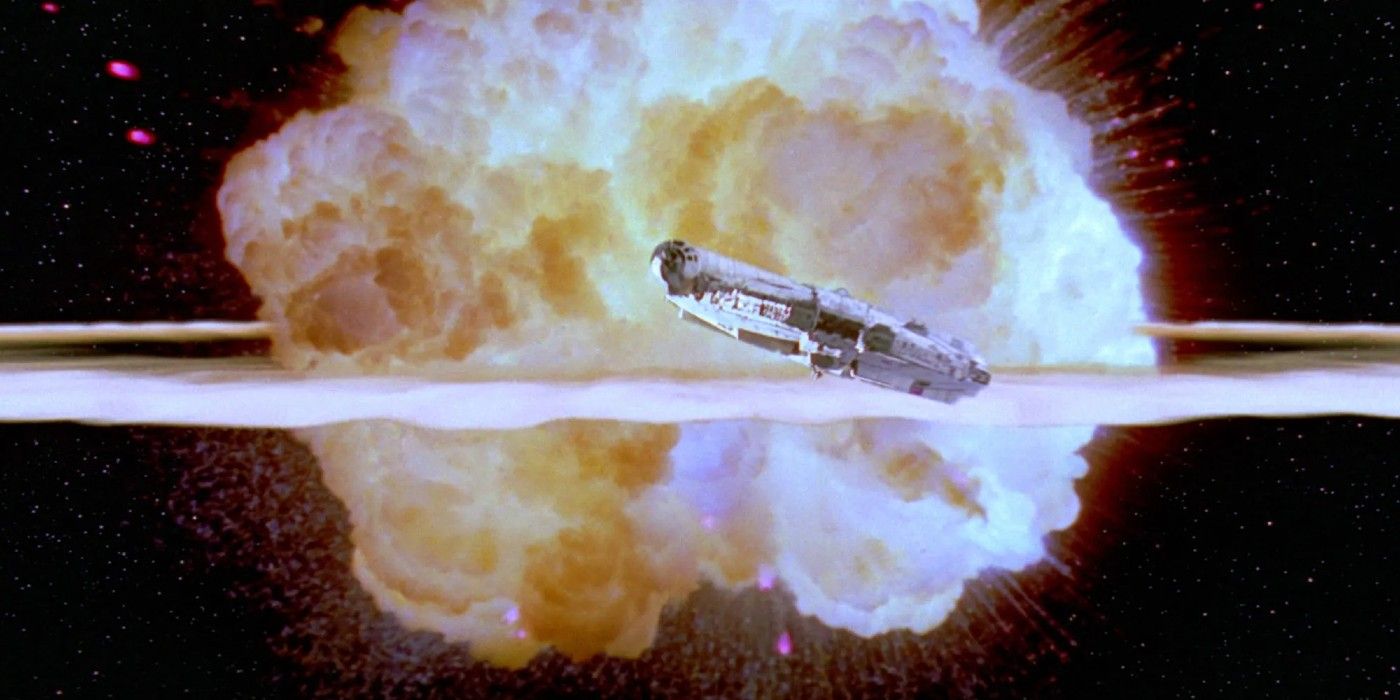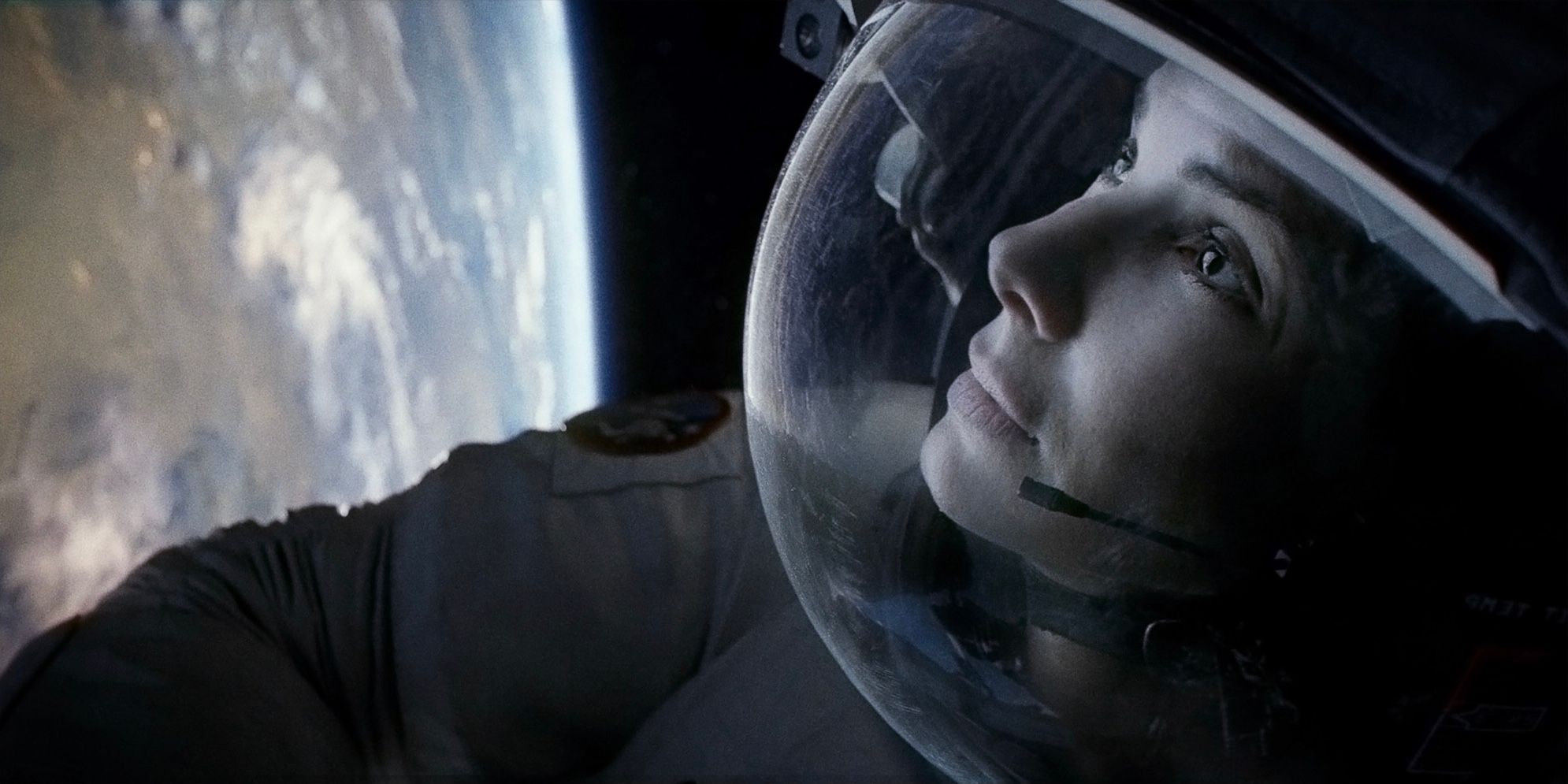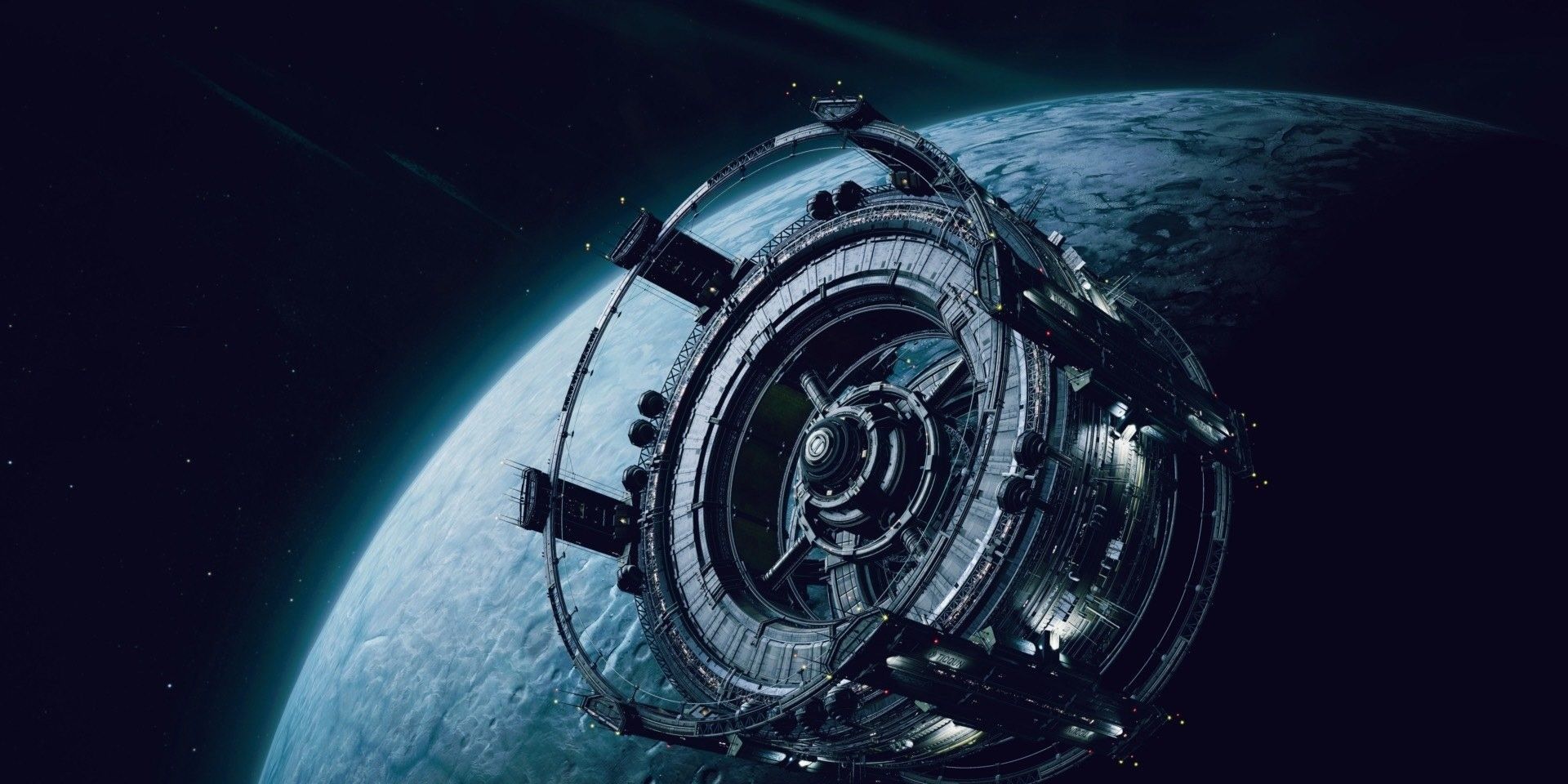Sci-fi movies take scientific ideas and theories and make them fun, and in some cases even drive innovation. However, many sci-fi concepts are also flawed from the start. Indeed, many of the genre's favorite tropes simply don't comport with what scientists know about the universe.
Since the birth of sci-fi, many movies have relied upon a handful of common concepts to push their plots forward and boost their entertainment value. This is understandable, and audiences are used to a certain amount of unrealistic streamlining in speculative fiction. All the same, many sci-fi concepts defy scientific theory even as they inspire viewers' imaginations.
Updated on March 12th, 2024 by Louis Kemner: This list of scientifically inaccurate science errors in sci-fi movies, TV, and video games shows has been updated with more information and now adheres to CBR's current publication standards.
10 Earth-Like Gravity Is Conveniently Common on Most Planets
Whether creators are exploring deep space in the MCU or Star Wars' many moons and worlds, every planet's gravity is always basically the same as Earth's. Regardless of a world's apparent mass, characters are never crushed by their own weight or bounce around on a planet's surface. Gravitational pull is based on mass.
While many planet's around Earth's size exist, no two are perfect matches for each other (via NASA). It would make more sense for Tatooine's inhabitants to be impossibly dense and muscular because of their world's high gravity, or lithe and fragile to match a low-gravity environment. Even on the forest moon of Endor in Return of the Jedi, the gravity is just like Earth's own, and the same is true for the asteroid Polis Massa, where Luke and Leia were born.
9 Faster Than Light Travel Can't Possibly Exist, No Matter the Technology
Sci-fi films often feature ships and vehicles that travel faster than the speed of light. Given the size of the cosmos, this makes a certain amount of sense, since it's hard to imagine a galaxy where many worlds are within even days of each other, traveling at sub-light speeds. However, according to Einsten's special theory of relativity, luminal travel is only possible for objects whose rest mass is zero.
Since infinite energy is needed to accelerate an object to the speed of light, it's impossible for matter to reach lightspeed or transcend it. Faster-than-light travel would end either in failure or in instant disintegration. Some franchises try to get around this, such as suggesting wormholes or even "folding" space so ships can travel below the speed of light but still cross vast distances with ease. That's what the Spacing Guild does in the Dune movies, but even that workaround is incredibly unlikely to happen in real life.
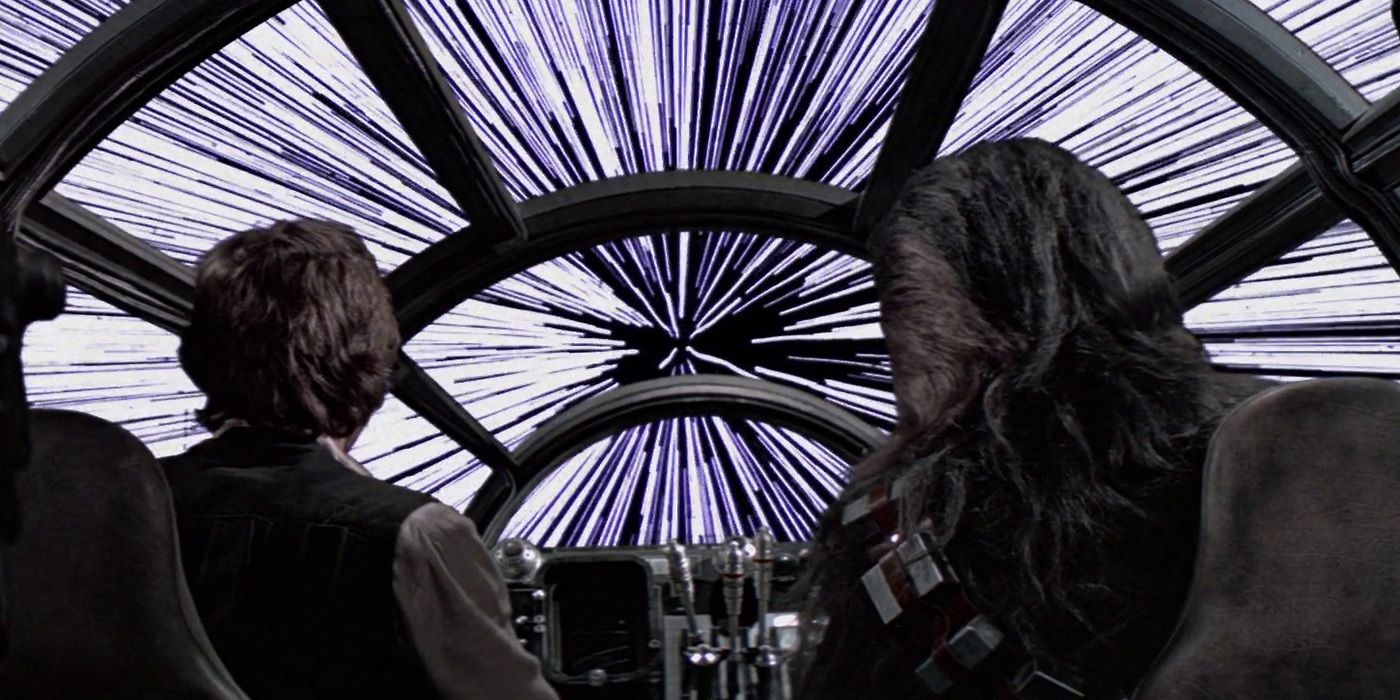
Star Wars: What Exactly Is Hyperspace?
Hyperspace is one of the most iconic concepts in Star Wars, allowing star ships to travel across the galaxy in mere moments; but how does it work?8 Teleportation Isn't as Convenient as it Looks in Movies
Teleportation is one of sci-fi's greatest innovations. It eliminates the need for faster-than-light travel or long interstellar journeys by instantly transporting humans and equipment across the galaxy. In theory, quantum teleportation is possible on the subatomic level, but it's unlikely to work on anything as large and complex as a living person (via IBM).
Teleportation as scientists currently understand it involves copying one photon into a different location and deleting the original photon. This has been achieved before, but organic life is much more complex and massive than any single particle. Even with unimaginably powerful computers, replicating a single body halfway across the galaxy would probably take more time and resources than a conventional journey. This is another genre convention that makes far more sense in fantasy, which is about what can't be, rather than what could be.
7 Every Species Breathes The Same Atmosphere, Including Composition and Pressure
Just as no two planets have identical gravitational pulls, no two planetary atmospheres are the same. For obvious reasons, animal life is always evolved to survive in a specific environment with a specific breathable atmosphere. However, whenever aliens show up on Earth, they usually have no trouble with the combination of nitrogen, oxygen, and other gasses in our atmosphere. Though human space travelers are sometimes depicted in space suits, as often as not, they can safely walk on even lava-covered planets without protection.
In reality, breathable atmospheres would be almost impossible for human travelers to locate. Terrestrial life requires more than just oxygen. Land-dwelling animals require a delicate combination of nitrogen, oxygen, and other gasses, and getting the mix wrong usually has deadly consequences. H.G. Wells' Martians showed up and died from exposure to terrestrial viruses but alien invaders simply being poisoned is a more likely outcome. Still, some sci-fi video games such as the Halo and Mass Effect games depict aliens who need suits to breathe non-Earth atmospheres, such as grunts and Quarians.
6 Invisibility Would Render the Cloaked Person Unable to See
Dating back to ancient Greek legends, invisibility has long been a favorite superpower in sci-fi and superhero films. However, for an object to be invisible, light needs to bend around it or pass through it rather than reflect off of it. (via QZ).
So far, making objects truly invisible is technologically impossible, but even if fans assume that fictional technology has overcome this problem, there are several other difficulties. The retina needs to absorb light chemically to enable vision. Invisible creatures would need to rely on senses other than sight, and humans gifted with invisibility would need to learn to get around without eyesight. Instead, the best alternative to true invisibility is to use a flexible screen that mimics what's behind it, rendering the hidden object "invisible." Such things already exist, in fact.

Move Over, Monsters - The Invisible Man Is Universal's Greatest Horror Icon
Much less supernatural than the true Universal Monsters, the Invisible Man is a realistic horror icon whose actions are both human and hilarious.5 Explosions In Space Don't Look Like What Stars Wars Shows
Many science fiction movies feature battles between ultra-fast starfighters and enormous starships, with the requisite explosions fans have come to expect. Star Wars was the first franchise to prominently feature deep-space explosions, introducing the trope to its millions of fans.
However, this kind of fiery explosion is impossible outside of an oxygen-rich atmosphere (via Science ABC). It's satisfying when an evil space station explodes, signaling a dramatic victory for the heroes, and spaceships should carry a substantial amount of oxygen for their air-breathing crew. However, most of the exploding starships fans have learned to accept over the years look nothing like actual explosions in a vacuum. If an exploding ship was moving at high speed, the explosion itself would continue to move at the same speed, and without gravity or friction, it would be much larger than the contained blasts viewers associate with violent deep space justice.
4 Superluminal Communication Ignores the Actual Speed of Radio Waves
Many sci-fi films also feature faster-than-light communication. Space is vast, and Earth's own sun is roughly eight light-minutes away. The gulf between inhabited worlds makes radio communication impractical, easily creating multi-century delays in communication. Unfortunately, just as is true for superluminal travel, communicating at anything faster than light speed is impossible (via Forbes).
Interestingly, one of the most critically acclaimed alien movies, Contact, acknowledges the problem with communicating via radio in deep space. The movie shows radio frequencies lagging as their transmitter's distance from Earth increases. Even though radio waves travel at the speed of light, eventually the radios are too far apart to be useful, and communication ceases entirely. Then again, the 2015 movie The Martian actually does show the delay, with astronaut Mark Watney needing around 20 minutes to send a message to NASA, and needing just as long to get a reply.
3 Inter-Species Breeding Shouldn't Lead to Characters Like Spock
Scientists have proved that it's impossible for humans to breed with other species. (via BBC). While subspecies of humanity like Neanderthals were real, the genetic differences between humans and animals and alien species make offspring, especially fertile offspring, fundamentally unrealistic.
However, human-alien hybrids are a favorite sci-fi trope. Mister Spock, perhaps Star Trek's most beloved character, is also science fiction's most notable half-human. For hybrid species to emerge more or less naturally, their reproductive organs would need to be compatible, and they'd need to have similar wombs. There are way too many factors working against this kind of alien hybridization. This concept works better in high fantasy, such as half-races in Dungeons & Dragons, but sci-fi is about what could be, so cross-breeds don't make sense after all.

Why Star Trek: Strange New Worlds' Spock Is Different From TOS
Ethan Peck's Spock in Strange New Worlds is younger than Leonard Nimoy's in the original Star Trek. It makes for small yet telling differences.2 Sound Effects In Space Are Fun to Listen to But Aren't True to Life
Sci-fi movies would be boring without sound effects but sound is impossible in a vacuum. Sound is the result of vibrations; without air or another medium to vibrate, even the most colossal explosion would be nothing but light, debris, and heat (via Caltech).
Film is an audio medium as well as a visual one and it's hard for creators to give up one of the most important tools in their toolboxes. While Stanley Kubrick used the silence of space to good effect in 2001, he was an undisputed filmmaking master. The facts here are less entertaining than the trope, so filmmakers are happy to keep adding sound effects to their imaginary deep-space battles. After all, one of the ways Star Wars helped revolutionize cinema was setting a new, higher standard for what things in space "sound" like, from the metallic scream of TIE fighters to the buzz of laser cannons, and it would be a shame to give that up in exchange for scientific accuracy.
1 Intergalactic Travel Would Take Millions of Years if Attempted For Real
Hopping from one galaxy to the next is also common in sci-fi movies, but in reality, galaxies are incredibly distant from each other. For example, Andromeda, the nearest galaxy to Earth's Milky Way, is two and a half million light-years away. In theory, a massively advanced spacecraft could make the journey, but the literally millions of years involved essentially make the concept moot (via Space). Human life has survived only a few thousand years on Earth; the idea of perhaps a million generations living in a starship is both grotesque and unimaginable.
The amount of energy needed to propel an interstellar ship is also unbelievable. In theory, given enough time, acceleration to near light speed is possible in space, but the need for resources is also an enormous burden here. Manned travel further complicates the problem, by adding food, air, and water into the equation. Even if the interstellar travelers were functionally immortal, after millions of years, there's no telling what they'd find at the end of their journey. Still, that didn't stop the Ahsoka TV show from depicting Morgan Elsbeth from flying a huge ship to the next galaxy to meet up with Grand Admiral Thrawn.


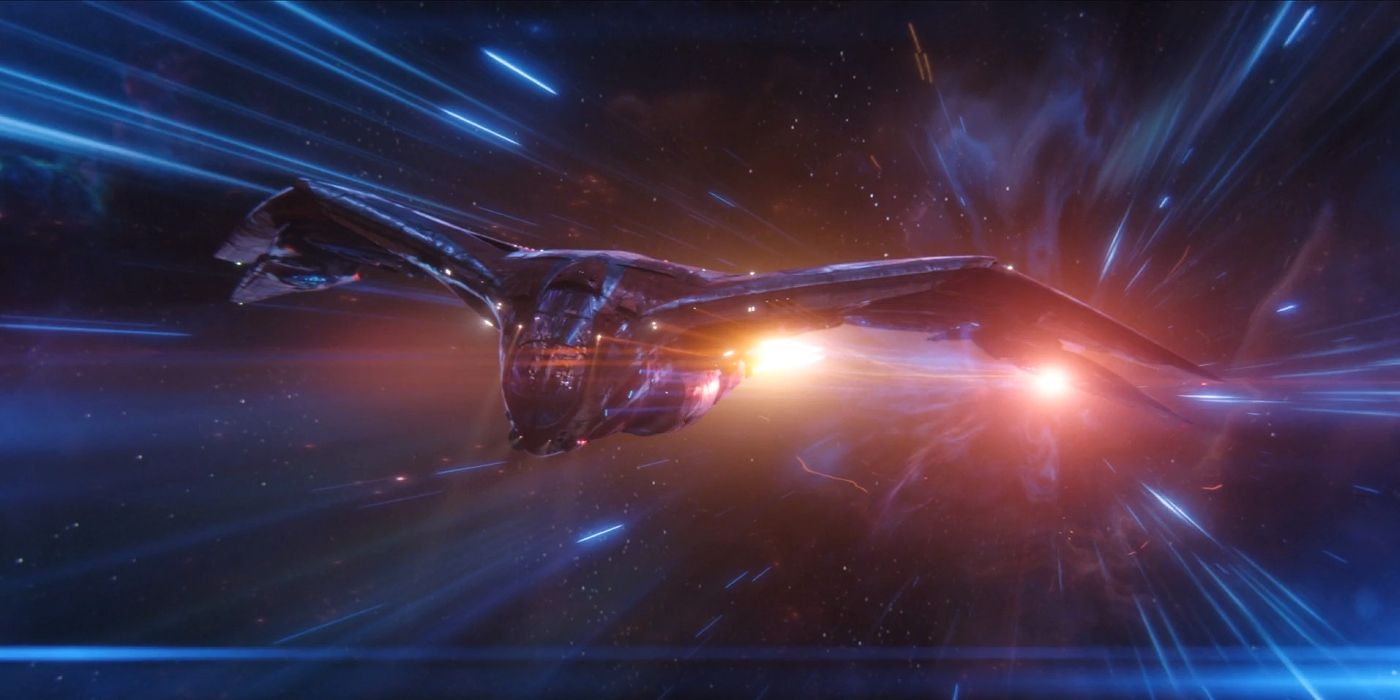


.jpg)
